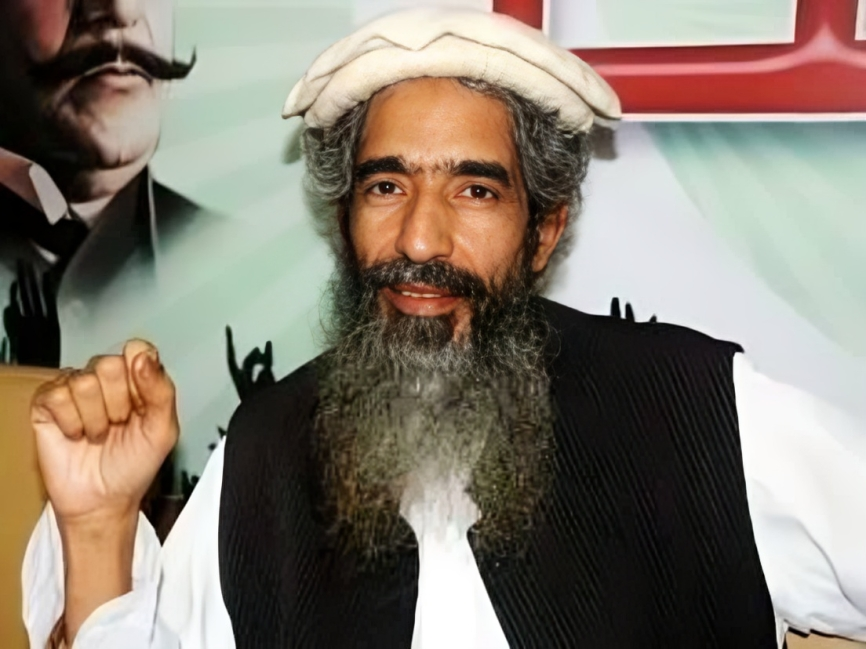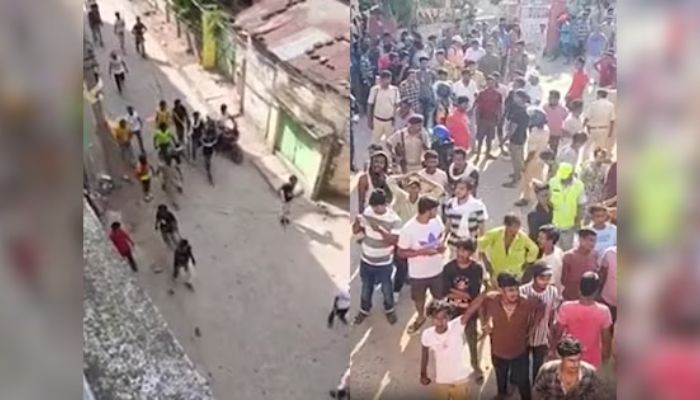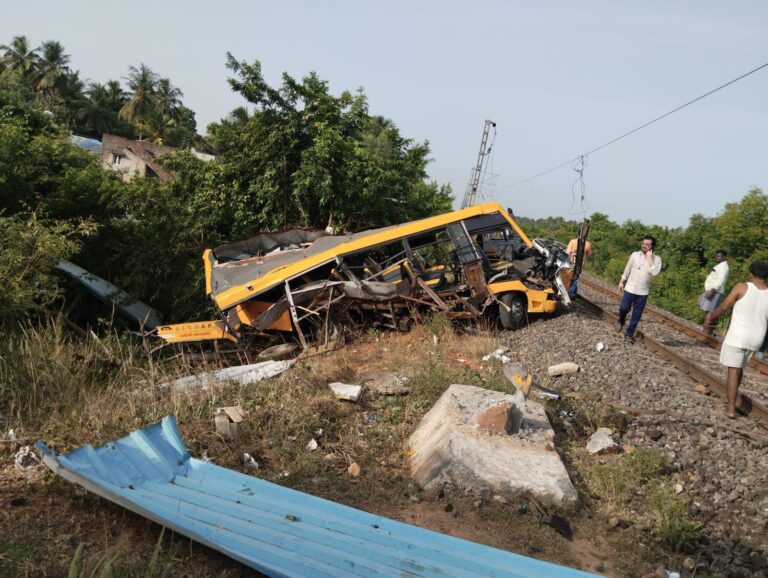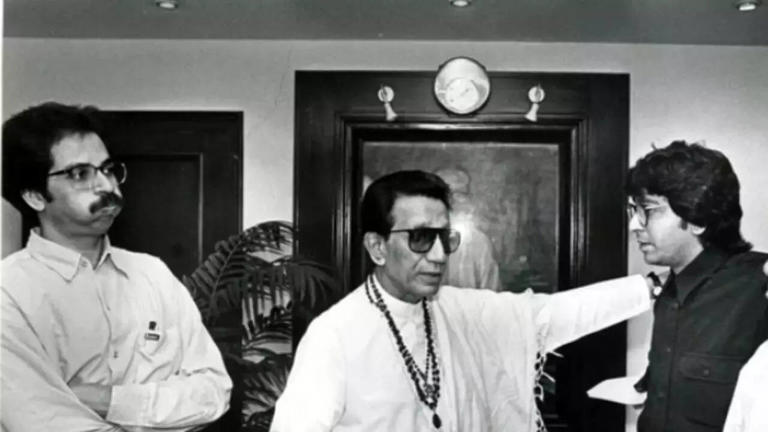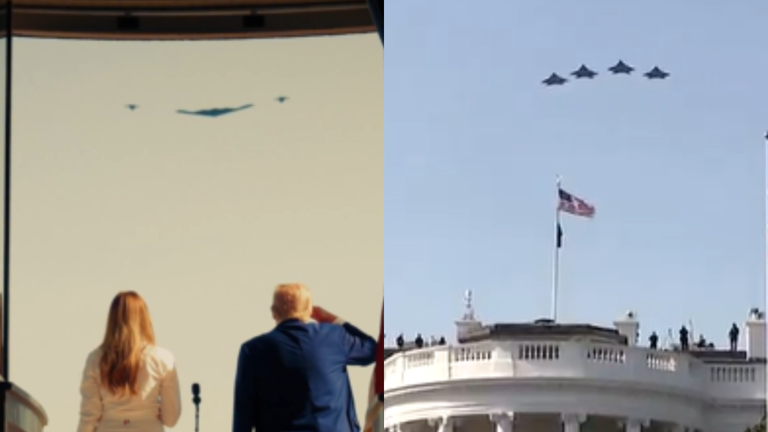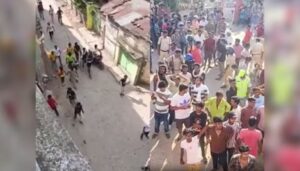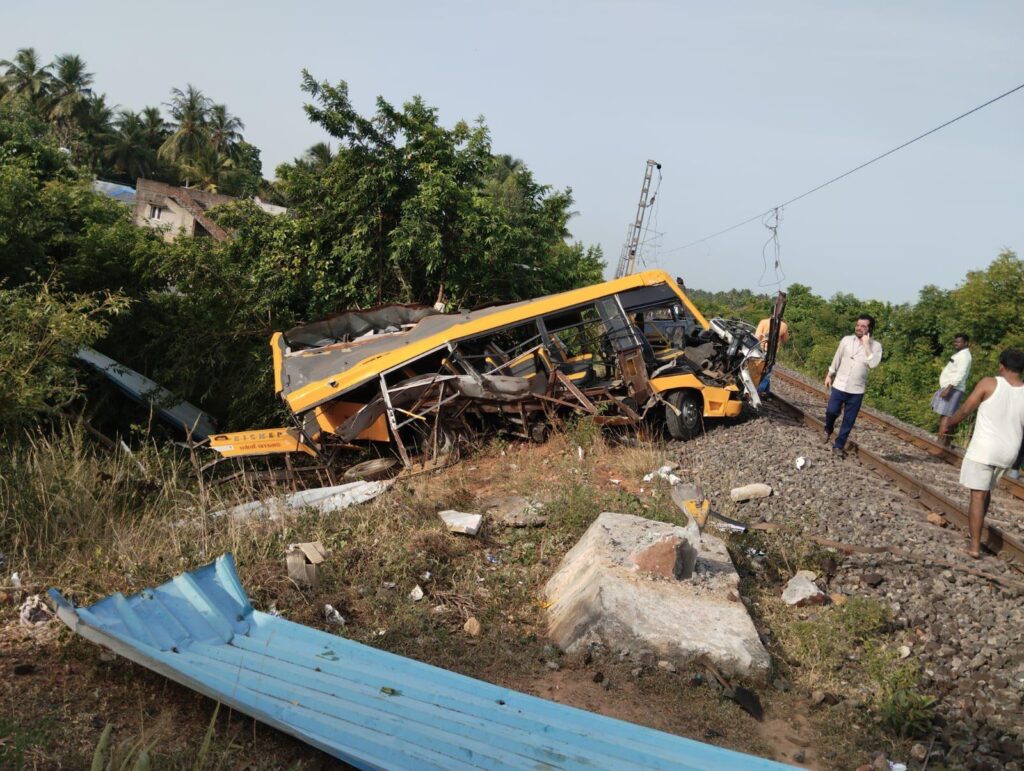Amir Hamza Hospitalised: Unpacking the Life, Role, and Fallout Around LeT’s Most Notorious Propagandist
Amir Hamza, the founding member and chief ideologue of Lashkar-e-Taiba (LeT), was hospitalised in critical condition at a military facility in Lahore. At 66 years of age, Hamza is no ordinary operative—he is one of the intellectual architects of LeT’s jihadist vision, a veteran of the Afghan jihad, and the man behind much of LeT’s radical propaganda machinery.
BIG BREAKING NEWS 🚨 Lashkar cofounder and terrorist Amir Hamza has been shot by UNKNOWN MEN in Lahore.
— Times Algebra (@TimesAlgebraIND) May 20, 2025
All other Pakistani terrorists in fear !!
He is a very close associate of Hafiz Saeed.
He has been MYSTERIOUSLY injured at home and rushed to a hospital in Lahore. Pak… pic.twitter.com/qj8V92A1qI
Initial reports sparked wild speculation—was it a targeted attack? Internal betrayal? Or just a domestic accident? What made this more serious was the timing: his hospitalisation occurred just days after the assassination of Abu Saifullah, another top LeT commander.
Who Exactly Is Amir Hamza and Why Is He Important?
Amir Hamza was born in Gujranwala, Punjab province and emerged as a militant during the Afghan jihad in the 1980s. He later transitioned from a fighter to an ideological strategist.
Hamza is one of the 17 founding members of LeT. Over the years, he climbed to become a central committee member, responsible not just for ideological direction but also outreach, fundraising, and narrative warfare. His influence wasn’t on the battlefield but in how the battlefield was framed—his writings and speeches provided the moral and theological justification for LeT’s violent actions.
As LeT’s chief propagandist, he edited the outfit’s official newspaper and authored radical literature such as:
“Qafila Da’wat aur Shahadat” (Caravan of Proselytising and Martyrdom)
“Shahrah-e-Bahisht” (The Road to Paradise)
These works, along with his speeches, inspired generations of jihadists and became core materials in LeT’s indoctrination programs.
What Led to His Split from LeT and What’s His Current Role?
In 2018, Amir Hamza reportedly distanced himself from LeT, citing increasing pressure on LeT-linked charities from international watchdogs and financial crackdowns. Analysts believe this was a strategic retreat more than an ideological break.
Post-LeT, Hamza allegedly founded Jaish-e-Manqafa, a splinter group said to have continued militant operations, particularly in Jammu and Kashmir. While details on this outfit remain shadowy, sources suggest it carried forward LeT’s operational legacy but operated under a more covert structure. In 2012, the US Treasury Department designated him a global terrorist for his role in LeT’s leadership and fundraising arms. His name is often mentioned in counterterrorism briefings focusing on South Asia.
What Happened Recently and What Does It Signify?
Amir Hamza was critically injured at home under unclear circumstances. Initial rumors indicated possible gunshot wounds, sparking theories of an assassination attempt. However, later investigations pointed towards a domestic accident, though many remain skeptical.
⚡BIG
— Nishant Rana (@Nishantrana1500) May 21, 2025
Lashkar-E-Tayiba Co-founder and Right-Hand of Haifz Saeed, Terrorist Amir Hamza injured at his home under mysterious conditions and admitted to a hospital in Lahore
Amir Hamza is a close ally of Hafiz Saeed and Abdul Rehman Makki#OperationSindoor Is Still On.! pic.twitter.com/Q5sM2J5cKB
He is currently being treated in a military hospital under heavy ISI security, suggesting the Pakistani establishment still considers him a valuable—or sensitive—asset. This level of protection isn’t standard for ex-jihadists unless they have ongoing relevance or secrets worth guarding. Just days before Hamza’s incident, Abu Saifullah, another senior LeT commander, was assassinated. The proximity of these two events has fueled speculation about internal purges, rivalries, or even external intelligence interventions. Some analysts believe this could signal instability or a power vacuum at the top of LeT’s hierarchy.
As of May 21, 2025, Amir Hamza remains in critical condition, shrouded in both mystery and security. His fate could have significant ramifications for the ideological and operational contours of LeT and its splinter groups. Whether this incident is an internal reckoning, state-managed silencing, or an accident, it has shaken the upper echelon of South Asia’s most notorious terrorist organization.
For now, the silence from LeT’s official channels only adds to the speculation. But one thing is clear—Amir Hamza’s legacy and his current condition could very well define the future power dynamics within the jihadist ecosystem of Pakistan.


